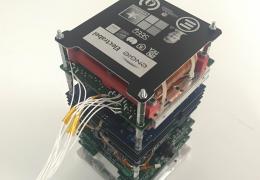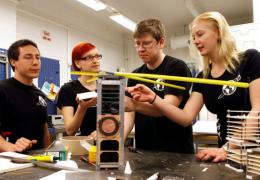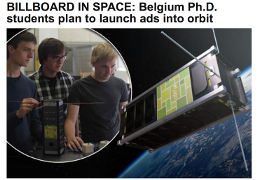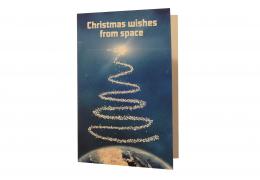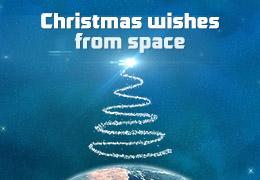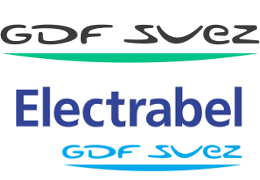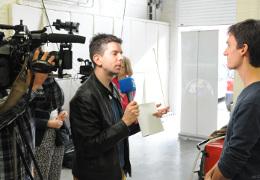It has been a while since you’ve all heard from us, but we have been working hard! The last months we have been busy behind the scenes producing the billboard and planning the launch.
As you all know, our original plan was to launch the billboard on board of the Belgian SIMBA CubeSat that is being developed at our university in Leuven, Belgium. Although SpaceBillboard will still support this satellite, our plans have changed due to unforeseen complications and we will not launch the billboard on board of SIMBA.
As an alternative to the SIMBA CubeSat we have opted to launch the billboard on board of not one, but two different CubeSats. This way, we can launch SpaceBillboard with more certainty. These two satellites are the Ursa Maior of the university of La Sapienza in Rome (Italy) and the SNUSAT-1 of the university of Seoul (South Korea). The mission of Ursa Maior is testing a new propulsion system and SNUSAT-1 will test a new software system that aims to make CubeSats more resilient to failures. Both satellites have a strong educational value and are part of the European project QB50.
The billboard itself is engraved in anodized aluminium (see below). Because of its black surface and white core, this material allows to engrave detailed pictures and text in its surface. The technique of engraving also avoids detrimental effects on the satellite in vacuum, ink for example would “outgas” and would cause problems with lenses and solar panels. In addition, this technique gives our billboard a spacey touch :-)
The pictures of the billboard below are of the Ursa Maior CubeSat. This CubeSat will carry the billboard on the inside on top of the other instruments (the pictures show the satellite without its solar panels). The SNUSAT-1 will carry the billboard on the outside. The integration with this satellite is scheduled for the start of 2016.
The launch of both satellites is scheduled for mid 2016. The satellites will first be launched from Earth to the International Space Station (ISS). Afterwards a robot arm will launch the CubeSats from the ISS into space. This way, we will actually have two spectacular launches. We hope for nice footage :-)
We are very pleased with this coming launch and are proud of the support of our sponsors! Thanks to all of them, we are on the road to again pushing space science one step further!
